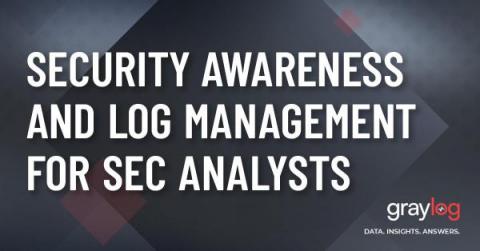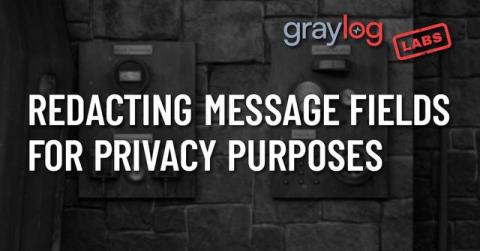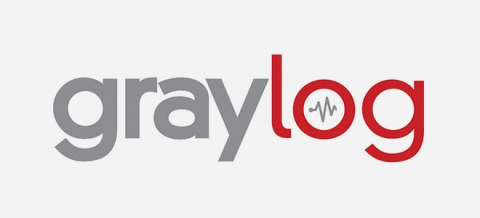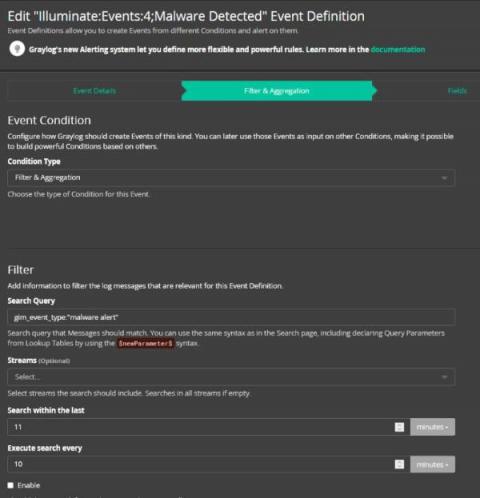Security Awareness and Log Management for Security Analysts
For today’s remote workforce, security professionals need technical security awareness education distinct from the rest of the company’s “don’t click a phishing link” training. Security analysts know how to recognize phishing emails and set secure passwords. However, where does that leave them when it comes to security awareness?











